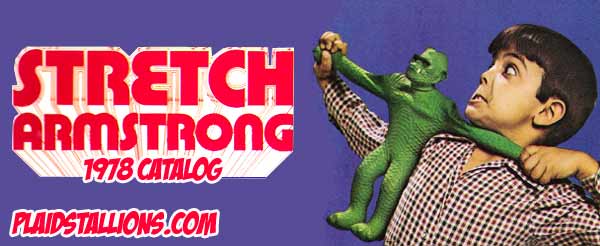The Physical Stress Environment helps Stem Cells determine how they will Differentiate
The physical stress environment in which stem cells are placed determines which tissue they will become (how they will differentiate). While this is not new news (the concept has been published by many authors for many years), it’s likely a good way to introduce an important concept about stem cells. Patients often ask us, “How do stem cells know which tissue to turn into?” While there are a host of chemical and other clues (including cell to cell contact with the neighboring cells), one of the main ways stem cells determine what to be is the loading environment of the area where they’re placed. For example, stretching (tensile loading) causes the stem cells cells to move toward tendon cell differentiation (tenocytes). Compressive loads (like the impact of walking) helps stem cells to become cartilage. Really high compression in a joint helps cells to become bone. All of this makes sense, as our body is constantly responding to it’s mechanical loading enviroment. As an example, lift weights and your tendons will become thicker (through the resident stem cells differentiating into more tendon cells). Patients that walk more tend to have healthier joints, as the compression from walking tells the joint stem cells to make more cartilage. So the answer to the question is that stem cells take many clues from the environment in which they’re placed. In other words, it’s our stem cells that allow us to adapt to new physical challenges.

If you have questions or comments about this blog post, please email us at [email protected]
NOTE: This blog post provides general information to help the reader better understand regenerative medicine, musculoskeletal health, and related subjects. All content provided in this blog, website, or any linked materials, including text, graphics, images, patient profiles, outcomes, and information, are not intended and should not be considered or used as a substitute for medical advice, diagnosis, or treatment. Please always consult with a professional and certified healthcare provider to discuss if a treatment is right for you.
